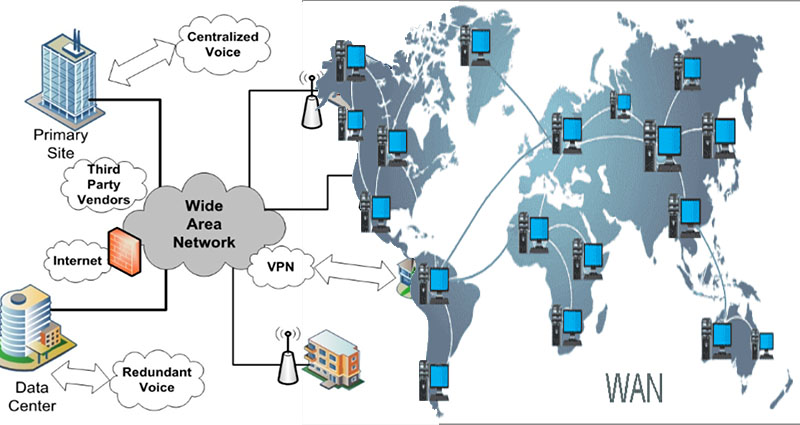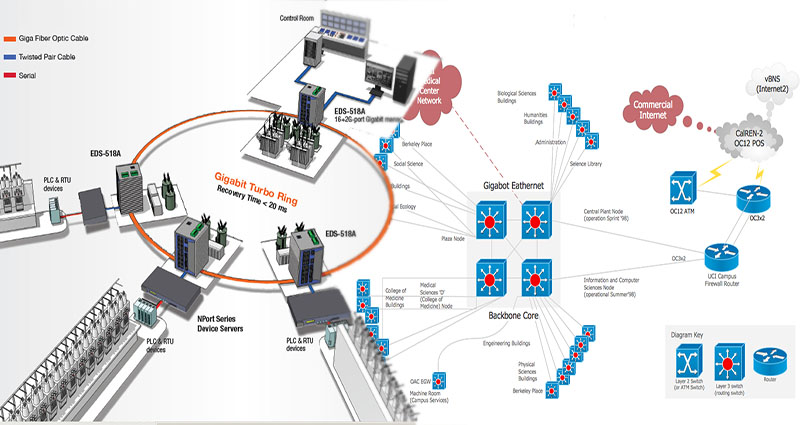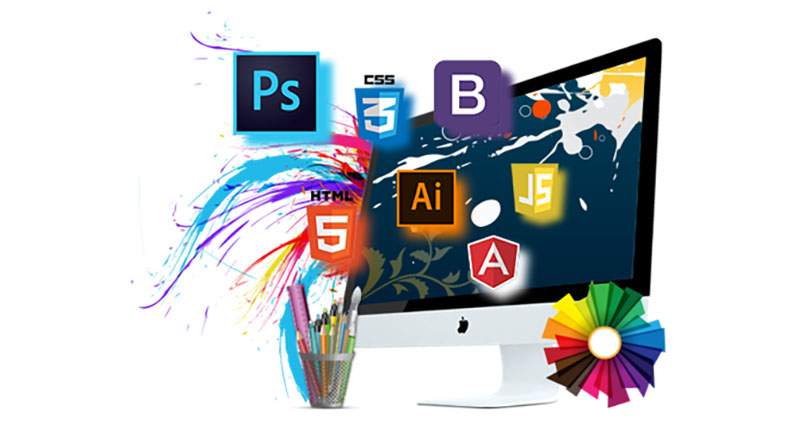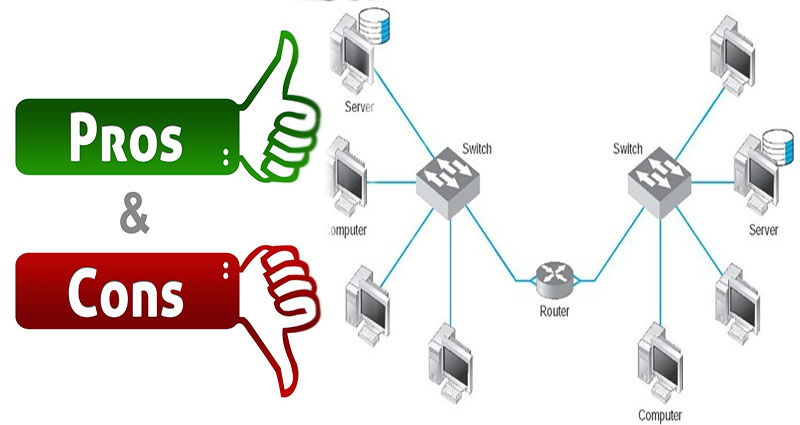How IT Services Can Help Businesses Keep up with the Latest Technologies and Stay on Top of the Competition
Simply IT is the company to call if you are looking for reliable, affordable computer networking services. They offer a range of business solutions from Managed IT and Watchdog services to Migration and Application development.
Managed IT
Managed IT services help businesses keep up with the latest technologies and stay on top of the competition. They also free up the internal team to focus on the more strategic parts of their business. Using managed IT can save time, money, and stress.
Today, many companies are opting for remote work strategies and bringing their device (BYOD) programs. These allow employees to perform tasks away from the office and can be critical in keeping corporate data secure.
A managed service provider can provide these services for an all-inclusive fee. It may be a per-user or a monthly rate. In addition, you should ensure that the provider you choose has a strict privacy … Continue reading >>>
Creating a Wide Area Network Example
A wide area network (WAN) is a telecommunication network used to connect computers. A wide area network typically contains smaller networks and is typically used in conjunction with packet switching or circuit switching. To create a WAN topology, first create a network diagram in ConceptDraw DIAGRAM. A network diagram helps you understand the underlying physical network. It is important to understand how each network type works and how it is organized.
WAN topology diagram
A WAN topology diagram displays the relationships between various nodes in a network. A network may consist of multiple hosts connected by cable or through a router. These networks are commonly used for computer networking and architecture. There are three basic types of WAN topologies: star, hub, and mesh. Each one requires different resources and additional efforts to operate. This article will introduce the different types of WAN topologies. A network diagram is a useful tool … Continue reading >>>
A Backbone Network Example Explained
You have probably heard of Backbone LAN. If not, you may have heard of MPLS and Ethernet. And perhaps you have heard of fiber-optic cabling. In this article, we will review some of the concepts involved in these technologies and give an example of how they work. Read on for more information! You can also learn more about the importance of backbone LAN and Ethernet. You may be surprised to know that these are not the only networking technologies!
Ethernet
Unlike the Internet, which is essentially a network of computers, Ethernet backbone networks have a single central device. The central device, or ‘backbone,’ manages big traffic. It should be powerful and contain plenty of computational power, because the backbone can fail and take down the entire network. This network type is most useful for interconnecting two different types of subnetworks. It can also be a convenient way to troubleshoot issues.… Continue reading >>>
Why Do You Need to Consider Hiring a Website Design Service?
Using website design Calgary service can benefit your business in several ways. It can keep costs down while providing you with a professionally designed website that meets and delights your customers. This way, your customers will come back to you time again.
Benefits of hiring a website design service
Hiring a website design service is an excellent idea for various reasons. These experts can help you get your site to rank high on search engines and attract new customers. They also keep up with the latest trends in web design and can use various techniques to increase your website’s conversion rate. A professional can also add forms, chatbots, and appointment-scheduling tools.
Develop a website that will suit your business
A professional website design company will understand your goals and requirements and develop a website that will suit your business. These professionals can also provide suggestions for workflows that work best … Continue reading >>>
The Pros and Cons of a Serial Backbone Network
A serial backbone network is one of the four basic types of backbone networks. It is the simplest form of the backbone network and is typically used for computer vision applications. There are pros and cons to both types of networks. The following is a brief explanation of each. Fiber-optic cabling is generally preferred, but there are cases when copper wiring is required. Read on to learn more about the different types of serial networks.
Simplest type of backbone network
The simplest type of serial backbone network is composed of two or more devices connected in a chain. It can be implemented using switches, routers, and gateways. This type of network is not scalable and is not widely used. The distributed backbone, on the other hand, is composed of many layers and is more efficient for large networks. However, it has several disadvantages. Let’s discuss each type of serial backbone … Continue reading >>>












